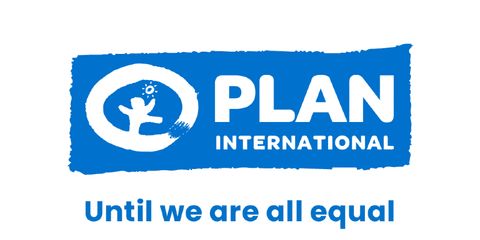Songs that are made for peace
In Colombia, Ada Luz is using art and music to amplify the voices of the young people in her community, sharing their message of peace and advocating for the future they want for their community.
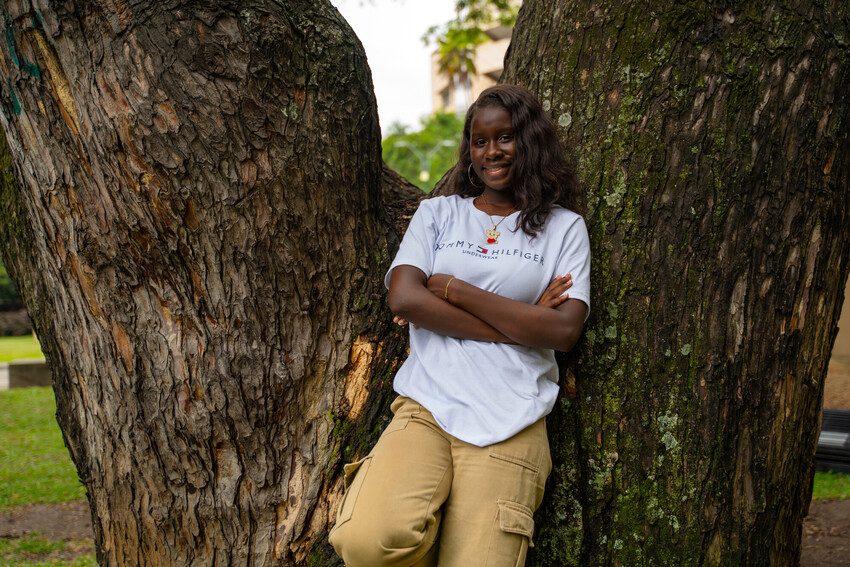
Ada Luz, a 15-year-old student in the tenth grade, lives in Cauca, a region in the southwest of Colombia, with her aunt Ana, who she considers her mother.
The power of music to overcome conflict
Ada Luz is a skilled violinist and singer, and regularly performs in her community. Having grown up living through armed conflict, she sees art and music as a powerful tool for children and young people to process their experiences, express themselves in a healthy way and to build social cohesion.
Ada Luz explains, “There are songs that are made for peace. They motivate people to leave armed conflict behind and focus more on the present and what lies ahead. To not just focus on all the bad things that have happened in my community but on what’s coming in the future, and everything that we can live for and what’s beautiful.”
“The main challenges that we have experienced are conflicts because of armed groups entering our community. But we are always united, and we want to move our community forward.”
“Conflict affects us and can create a fear sometimes of going out. But as I say, we are very united, and we want our community not to engage in so much armed conflict. We are reinforcing this by doing projects that help girls to focus not on armed conflict, but on helping and moving our community forward and understanding their rights.”
“We organise ourselves by holding meetings, watching films in the park so that we can participate in the community and be more united, holding competitions, having an educational day, enjoying ourselves, playing ancestral games, and so on.”
“We make requests for a community space for us to do activities. We often play games so that they don’t have free time to think about bad things but focus on the good and the beautiful things in our community.”
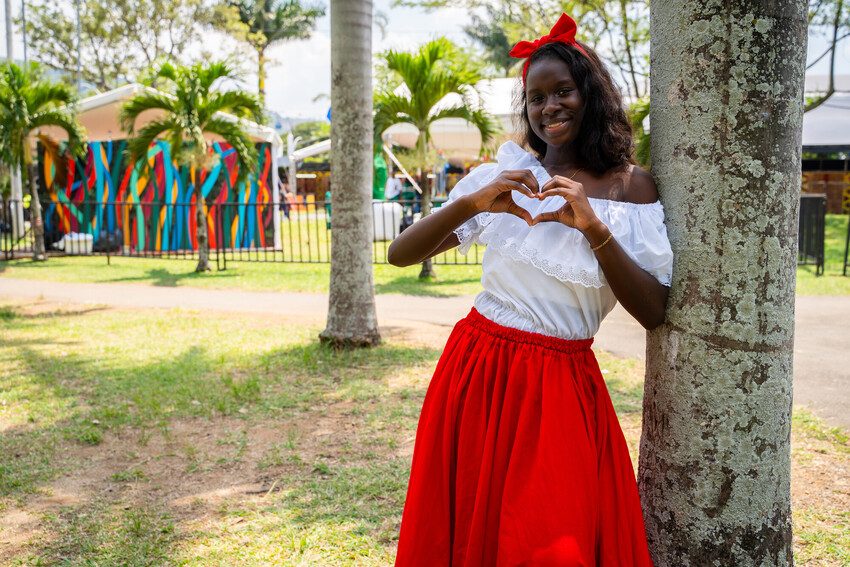

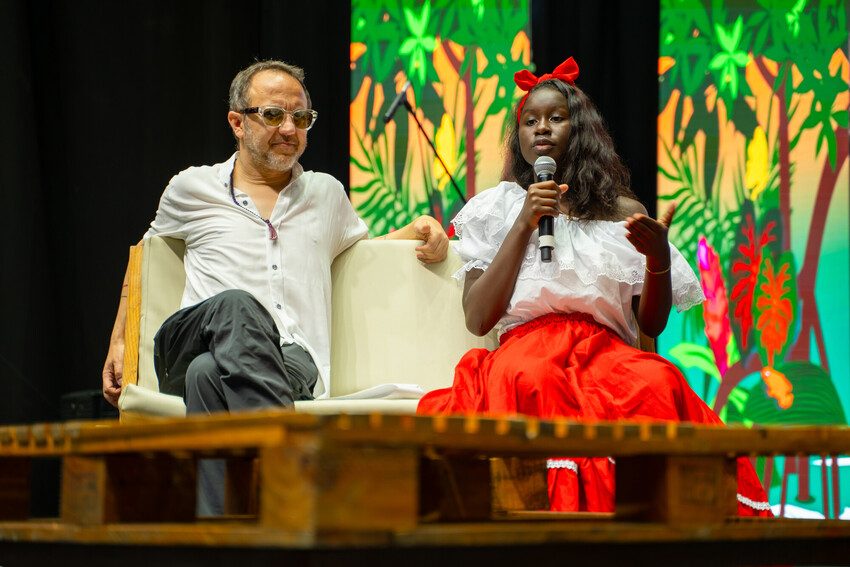
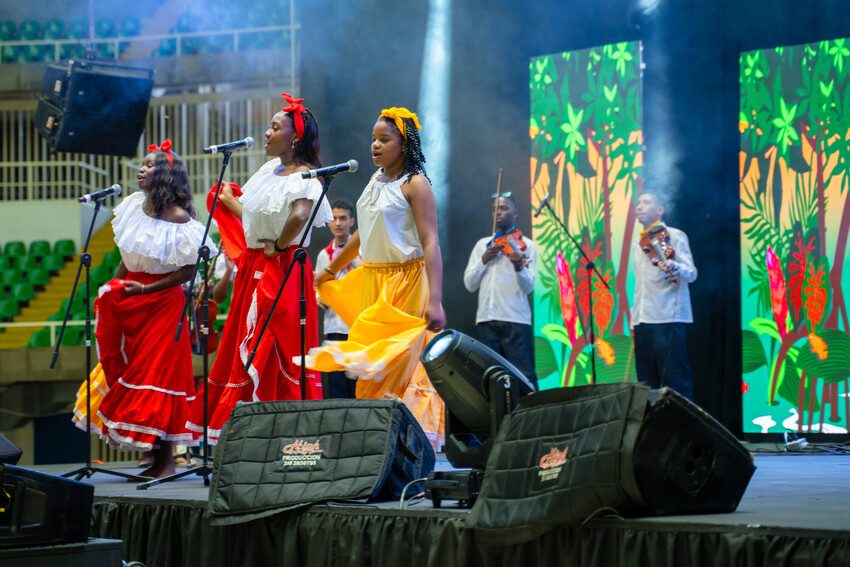
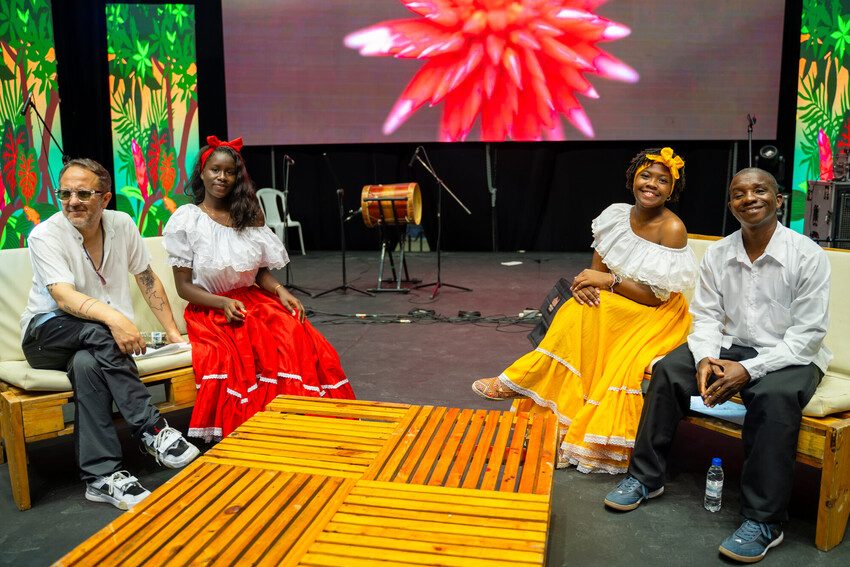


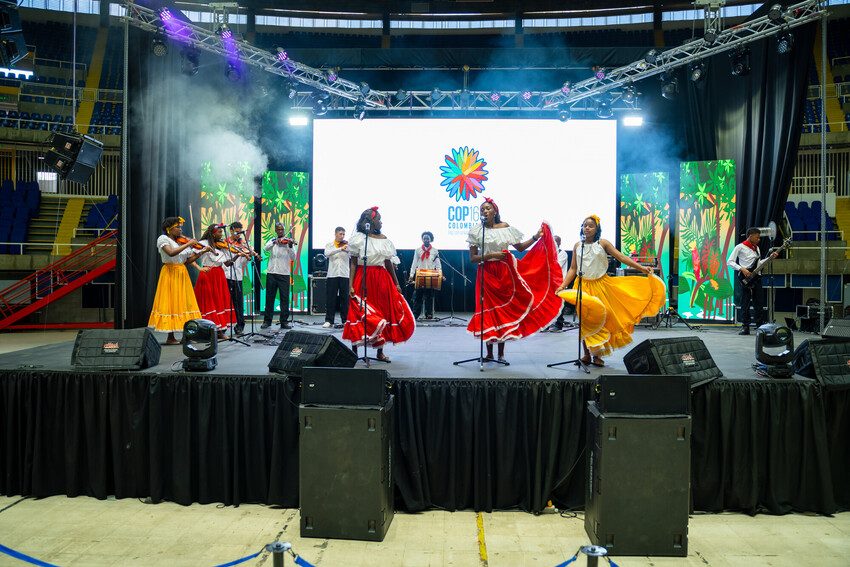
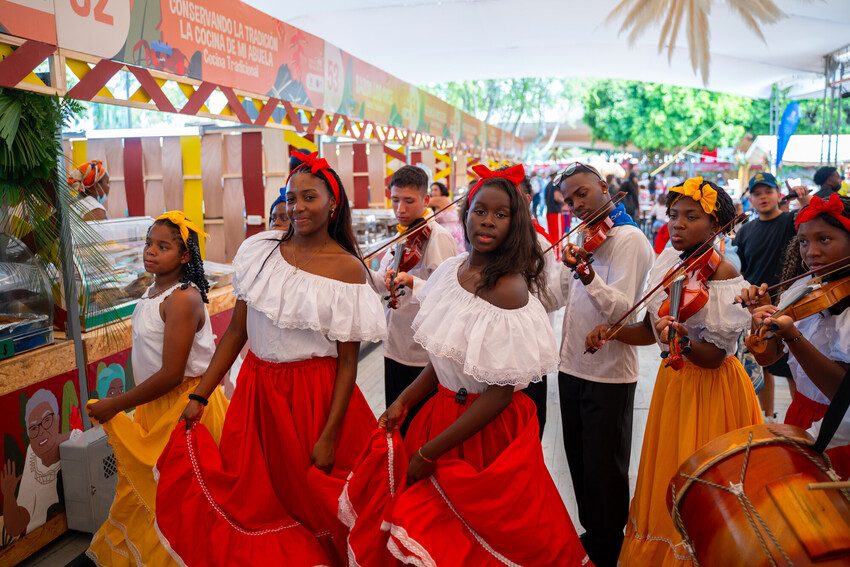
Peace means being free
“For me, peace means being free, participating in public spaces, being understood, and not being afraid. Peace is expressing oneself, knowing that no matter what, I am allowed to express and say what I feel.”
“Building a path to peace will make my future better because it would mean that I can study better. So that I can have the freedom to say, “I want to study this” without anyone telling me, “No, that can’t be”. So that I can also do projects in my community based on what I want to study.”
“The social art school gives young people the opportunity to participate in community activities, to know their rights and not have them violated. I really like to help other people get involved in promoting peace, giving them advice so that they don’t let themselves be carried away by the bad things.”
“In my personal growth, participating in Plan International’s projects has helped me to let go more, to say everything I feel no matter who judges me, to participate more, to know how to understand other people, and to know more about the way my ancestors lived.”
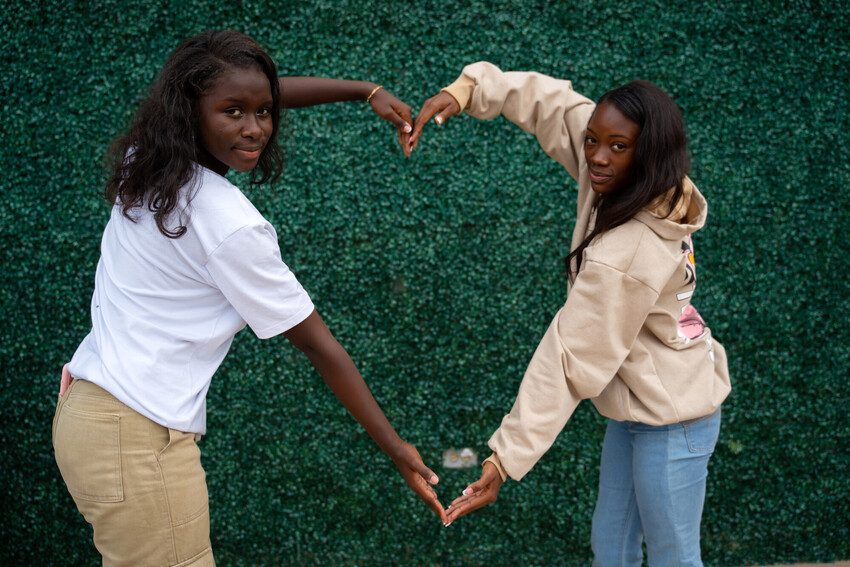
Art and music help you to let go
“Art helps us because in our community we have a music and drama school where we try to revive and preserve our ancestral traditions through art. We want to turn the pain of the armed conflict into something lighter, into jokes and laughter, so that all this suffering becomes a thing of the past and is forgotten.”
“And the same with the music, it moves you so much. It can remove the pain or mixed feelings that you have, in other words, it helps you to let go. I like to sing, share with my friends, do theatre, and express myself in front of other people and tell them about everything I have experienced.”
“Young people often feel, “I can’t go out there because I’m afraid,” or they hesitate and say, “This is as far as it goes.” The advice I would give to girls and young people is not to give up. In the face of any difficulty, there is always a light on the path that will tell us that through music and art, we can achieve many things. They should not only focus on the bad but also on the good. They should move forward regardless of any difficulty.”
“I think that since Plan International arrived, the community has changed because people now work together, and since it has done so much with children, there is now a kind of union between us young people. There is no longer that rivalry, or differences because you are a girl or a boy. We are all together and more united.”
Ada Luz dreams of creating a foundation to support the most in need and provide training workshops. She is determined to ensure that the voices and opinions of girls are heard.
“[Songs] motivate people to leave armed conflict behind and focus more on the present and what lies ahead.”
Ada Luz
Conflict in Colombia
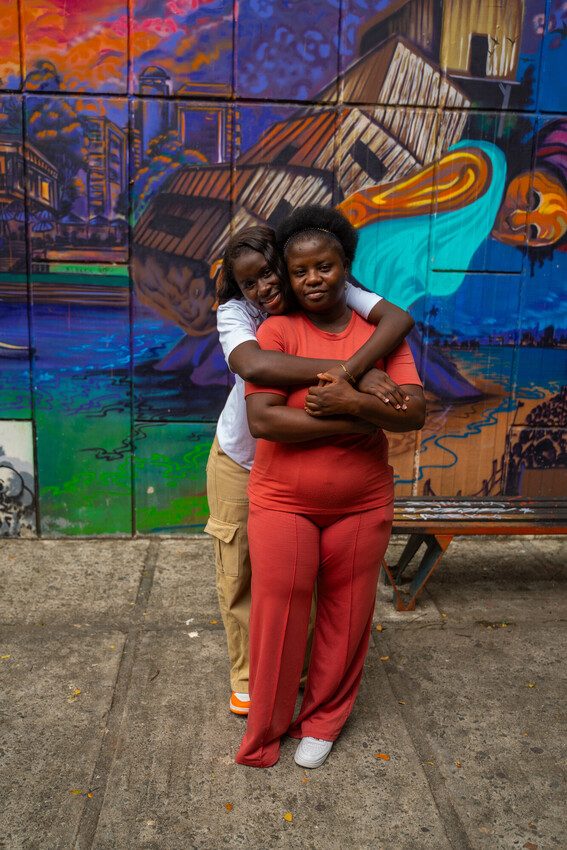
In Colombia, children and girls in conflict zones face daily threats of violence, including physical and sexual abuse. The ongoing conflict between armed groups has led to widespread instability, disrupting their education and access to basic services. Many families in regions like Cauca are forced to flee their homes due to the violence, leading to overcrowded living conditions and limited access to education and healthcare.
Girls are particularly vulnerable to gender-based violence and exploitation, exacerbating existing gender inequalities and limiting their opportunities for education and economic independence. The instability has profound effects on the mental health of children and girls, creating lasting trauma that affects their overall well-being and development.
In 2019, Plan International* began the Empower Art for Peace project and social art school that Ada Luz is part of to foster reconciliation and peacebuilding in regions heavily impacted by armed conflict in Colombia, specifically in the North of Cauca. This project uses art and citizen participation to promote memory, peace, and equality, directly impacting the lives of over 10,000 people.
*In Colombia, Plan International is legally referred to as ‘Fundación PLAN’
Categories: Emergencies, Youth empowerment
